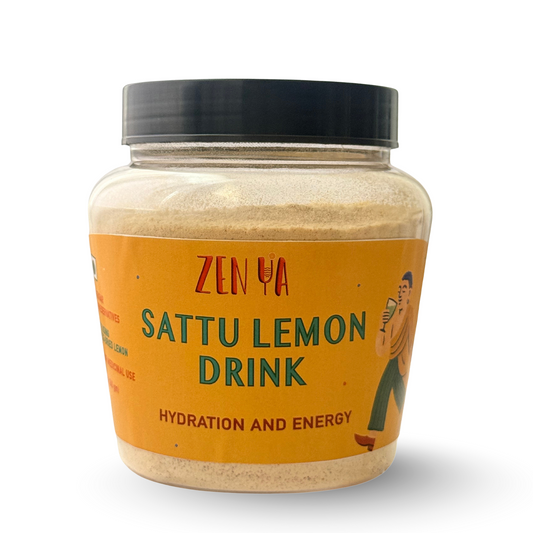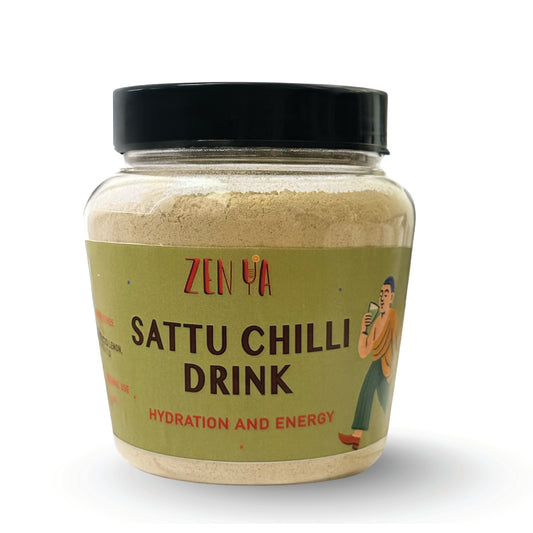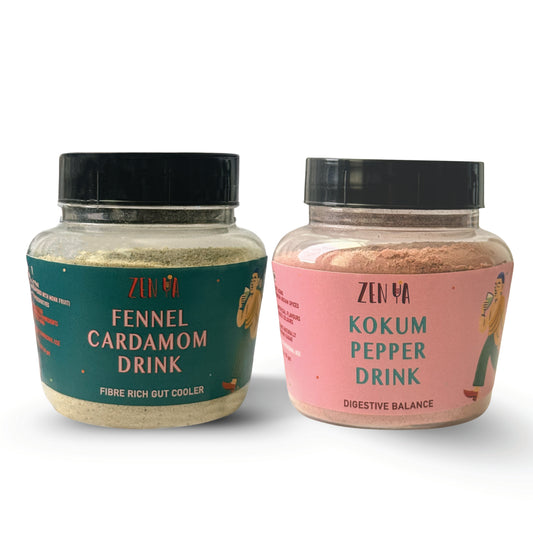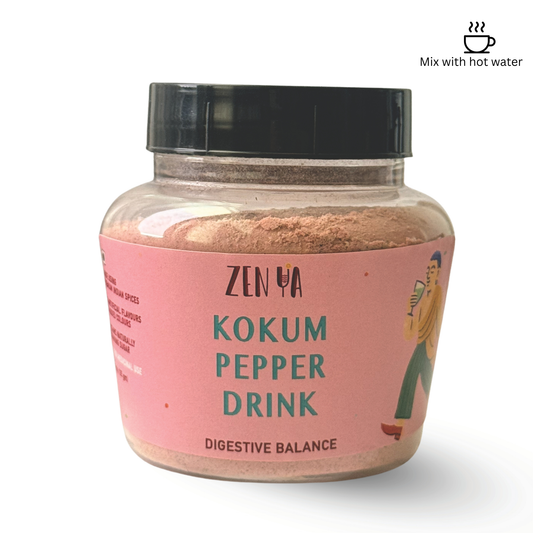
Is Pink Salt Actually Better Than Regular Salt? Or Just Prettier?
Share
It’s pink. It’s photogenic. It’s stocked in every health aisle and sprinkled on everything from popcorn to pricey detox kits.
But is pink salt really the wellness wonder it claims to be? Or just another case of “it looks healthy, so it must be”?
Let’s sift through the grains of truth (pun intended).
🧂 So, What Even Is Pink Salt?
Pink salt, often called Himalayan salt, is mined from ancient sea beds in Pakistan, near the Himalayan foothills. Its blush colour comes from trace minerals like iron, calcium, magnesium, and potassium — which make it seem more nutritious than regular table salt.
The logic goes: more minerals = healthier salt. But here’s the thing…
🤯 Is It Actually More Nutritious?
Yes — but only technically.
Pink salt does contain more minerals than regular iodised salt. But these minerals exist in trace amounts. Like, micro-trace. To get any real health benefit from them, you’d have to eat enough pink salt to frighten your doctor (and your blood pressure).
Also worth noting: pink salt doesn’t contain iodine, a nutrient added to regular salt to prevent thyroid issues like goitre. If your diet isn’t rich in iodine elsewhere, switching entirely to pink salt might not be the best move.
🧘 The Wellness World Loves It Because…
- It’s unrefined and less processed than table salt
- It has a slightly different flavour — some say “softer” or “earthier”
- And let’s be honest: it looks great in a salt lamp or a flat lay
But is it a miracle mineral powerhouse? Not quite.
⚖️ The Verdict: Truth and Trend
✅ Less processed? Yes.
✅ Contains minerals? Yes, in tiny amounts.
🚫 Nutritional game-changer? Nope.
🚫 Cure-all elixir? Definitely not.
So, pink salt isn’t a scam — but it’s also not a golden ticket to health. Like with most wellness trends, the truth sits quietly in the middle.
If you’re cutting out ultra-processed foods, pink salt can be a nice switch from regular table salt. It works beautifully as a finishing salt or when you want to avoid additives. Just be mindful not to ditch iodine unless you’re getting it from other sources like seafood, dairy, or iodised salt in moderation.
🌿 A Quiet Hero: Black Salt
While pink salt enjoys the spotlight, black salt (kala namak) stays behind the scenes — quietly doing a stellar job in traditional Indian kitchens and Ayurvedic practices.
It’s known for:
- Supporting digestion
- Helping with bloating and gas
- Adding a unique, slightly sulphuric, umami flavour that gives chaats their signature zing
| Feature | Pink Salt | Table Salt | Black Salt |
| Processing Level | Minimal | Highly refined | Minimal |
| Iodine Content | None | Iodised | None |
| Mineral Content | Trace minerals | Almost none | Sulphur compounds |
| Taste | Mild, earthy | Sharp, neutral | Umami, slightly tangy |
| Digestive Impact | Neutral | Neutral | Aids digestion |
So… Which Salt Should You Use?
Like most things in wellness, it’s not about picking a single hero.
- Pink salt? Great for aesthetics and a subtle mineral boost
- Table salt? Still valid - especially if you need iodine
- Black salt? Ideal for digestion, especially in warmer climates or when your gut is feeling off.
Choose based on your needs, not the trend cycle.
🥤 At Zen Ya, We’re Team Black Salt
Our summer blends are all about function over flash. We use black salt not because it’s trending (spoiler: it’s not), but because it works — especially when combined with ingredients like roasted cumin, lemon, and sattu.
So while we respect the pink salt glow-up, we’re happy keeping things grounded. In tradition. In taste. And in truth.
📌 Final Word
Pink salt looks great on your shelf. But don’t be dazzled by the blush — it’s still just salt, and moderation is everything.
Want a drink mix that skips the hype and keeps it real? We might know a place. 😉




